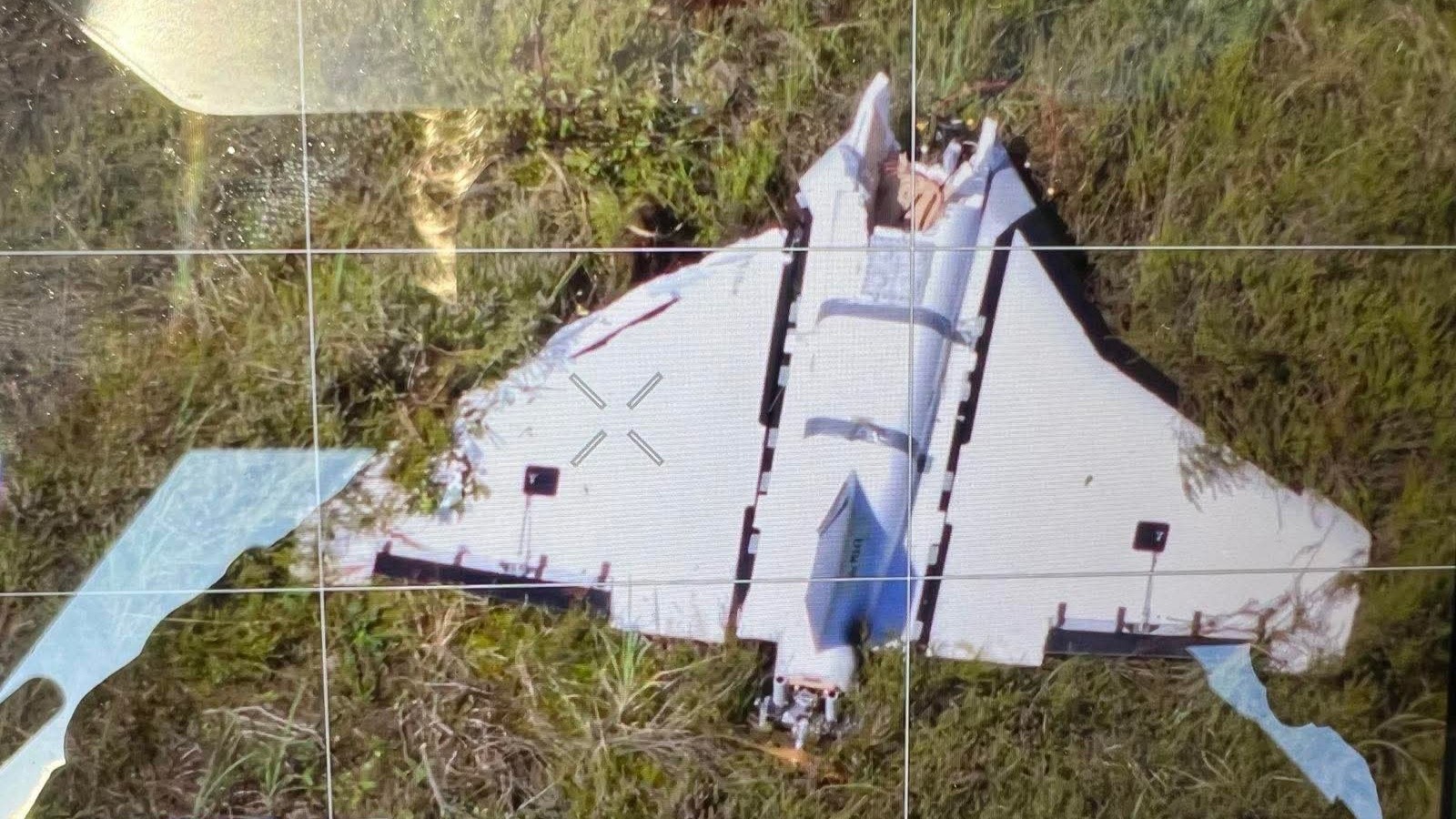NATO is deliberating new protocols that would standardize procedures for shooting down military aircraft that breach the airspace of Alliance member states, according to The Telegraph.
The discussions center on creating unified guidelines for responding to hostile aviation threats, the publication reports, citing its sources.
Under the proposed framework, both the weaponry carried by an intruding aircraft and its flight path would serve as primary indicators for threat assessment.
Defense leadership officials have specified that fighter jets equipped with air-to-ground missiles should be considered legitimate targets for interception. These criteria would help member states make rapid decisions about when to engage aircraft violating their sovereign airspace.
The Telegraph reports that NATO defense ministers are scheduled to address these proposals during an Alliance meeting on 15 October.
Wave of airspace intrusions across Europe since August
European nations have documented a series of airspace violations since late August, particularly involving unidentified drone activity near airports and sensitive installations.
Copenhagen's airport halted operations on the evening of 22 September due to drone movements in the vicinity. Danish law enforcement characterized the incident as the work of a capable operator possessing significant resources and technical capability.
The Danish Armed Forces reported additional drone sightings near multiple military facilities on the night of 28 September. Norway subsequently experienced similar disruptions, forcing the temporary closure of Oslo's airport.
Unknown drones have been detected near military installations in Sweden and over critical infrastructure in Finland and Lithuania in September, causing flight disruptions and triggering security investigations.
Germany and France have also recorded unauthorized drone flights over critical infrastructure sites and military bases.
On 1 October, French authorities seized a Benin-flagged oil tanker suspected of belonging to Russia's shadow fleet. According to media reports, Danish authorities believe this vessel may be one of three ships connected to the drone activity over Denmark. However, it resumed its voyage towards the Suez Canal on 3 October.
German authorities detected unidentified drones near Munich airport on the night of 3 October, disrupting dozens of flights and stranding over 10,000 passengers. Meanwhile, Chancellor Friedrich Merz suggested Russian involvement may be a possibility behind these incidents.
He characterized the frequency of airspace violations across Europe as exceeding Cold War levels, though he noted the drones detected carried no warheads and appeared to be conducting reconnaissance operations.
Read also
-
As drones strike Europe and civilians keep dying, Zelenskyy calls on US to build powerful air defense shield over Ukraine
-
Mysterious drones disrupt flights at Lithuania airport, fly near Swedish naval base and Finnish power plant amid escalating Europe airspace violations
-
Frontline report: Russian drones sweep across Europe in apparent hybrid campaign




